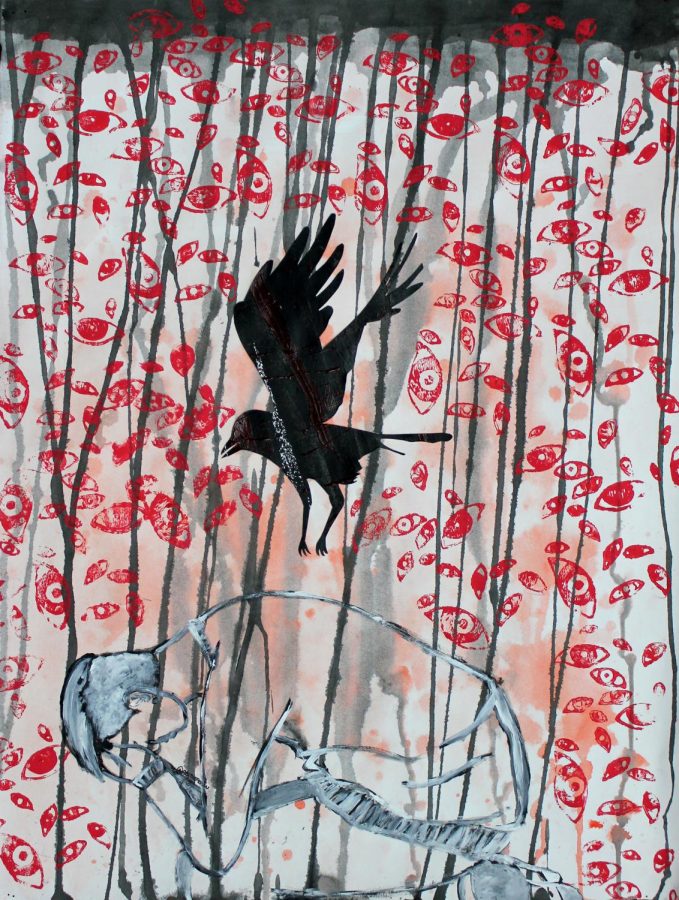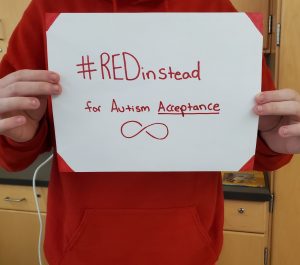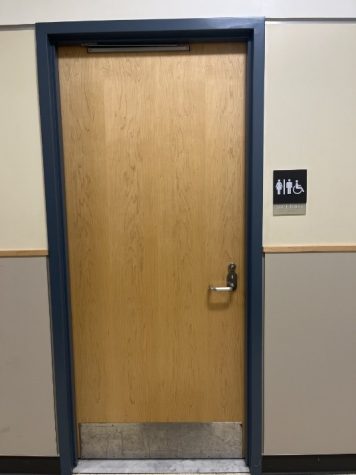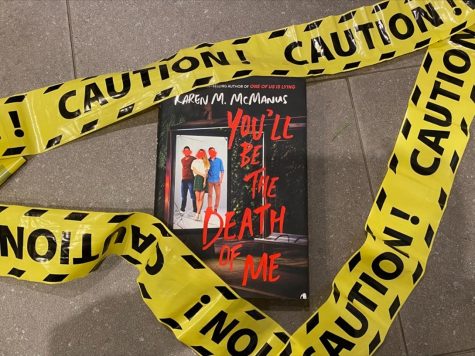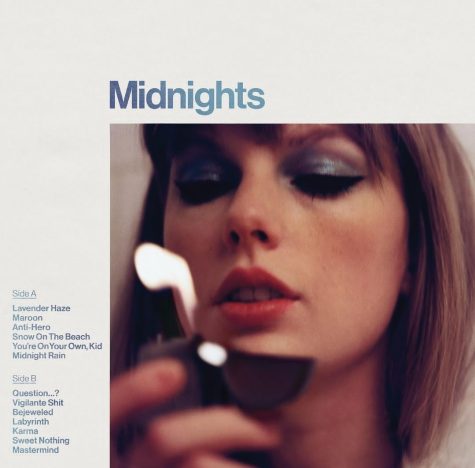The Stigma Is Real
What can we do about student’s mental health?
Artist Abi Edwards, via Ms. Poirier, used with permission
Abington High School student (Class of 2019) Abi Edwards Scholastic Art Award Silver Key “Don’t Look”
June 11, 2021
Mental Health Awareness Month is in May. The purpose of this is so people can spread the point that there should not be any stigma about mental health and it is nothing to joke around about. The stigmas against mental illnesses need to have an end.
Some mental illnesses are bipolar disorder, depression, psychotic disorders, mood disorders and eating disorders.
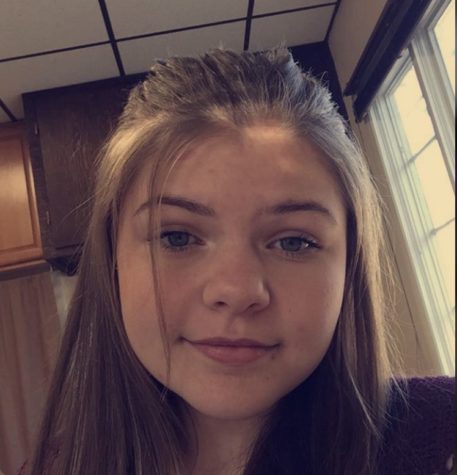
Many people are not the same from how they went into the pandemic compared to how they came out.
— Meghan McCann
Kids should be taught about mental illness from a young age. They should be giving the opportunity to know what the symptoms for any types of mental illness are, so if at any point they are not okay they know what they can do to help themselves or others.
As a student, I think that it’s important that we not believe the stigmas and stereotypes that come from people who do not understand them. We should hear from experts.
Some things that schools could do are assemblies. For instance, to have guidance come and speak on things that could inform students about what the point is of Mental Health Awareness Month.
Health classes could also do talks about this topic. But I think we need more than just one class to talk about something that could change someone’s perspective on this. And there are more things we can do at the school in addition to putting posters around.
With a pandemic that affected people’s abilities to see other people for months at a time, it has affected students’ education. It has taken a toll on how students feel about being left alone and being put into quarantine.
Coming from a student in high school, I’ve seen the impact on how it can hurt and cause a stage of depression or anxiety. I have had this impact as well.
Many people are not the same from how they went into the pandemic compared to how they came out. There were positives and negatives. People got to really think about themselves and focus on who they are and what they had. But some people thought too much and were not able to see people they usually see. That took a toll.
While researching, I found a website about an organization the supports mental health awareness and they are called NAMI (National Alliance on Mental Illness). They want to fight the stigma on mental illness and provide support. Their slogan “you are not alone” is a very powerful statement for this issue.
According to The Kaiser Family Foundation, during COVID, the rates of depression and anxiety have gone up 31%. With this percentage going up this much, it leaves a lot of people to not know how to deal and help themselves.
Before COVID, the age group found most impacted was between 18-25 years old. Now during COVID, kids under the age of 18 are now impacted the most.
Mental Health Awareness Month’s ribbon is green. Green is the color representing hope, strength, support, and encouragement for sufferers.

